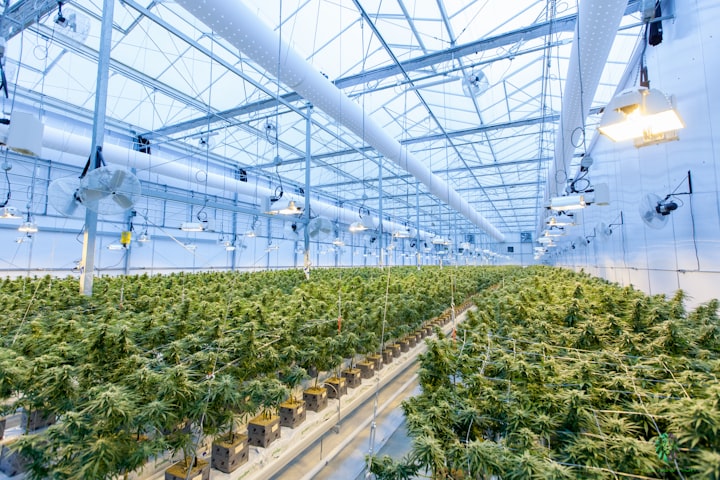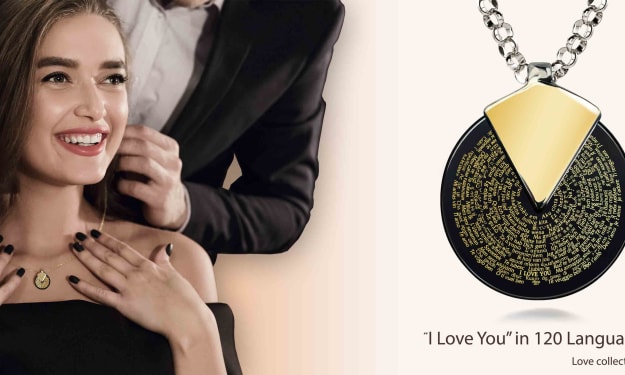What is the best artificial light for plants?
Everything you need to know about growing lights.
We know that for good plant health and growth, light is necessary, especially sunlight. But we can have a series of alternatives to sunlight for indoor cultivation that allows us considerable energy savings, such as LED lighting for plant growth.
Depending on three fundamental factors, we will see what type of artificial light is good for plant growth. These factors are as follows:
⦁ Light color
⦁ Hours of light
⦁ Amount of light we supply to plants
Light color
Here we will see the sum of colors that make up the light that reaches the plant. Within electromagnetic radiation, visible light is the part of electromagnetic radiation that we can see. The color of the light depends on its wavelength (or frequency), usually measured in nanometers ( nm, one-millionth of a meter). Specifically, visible light or the visible spectrum (what the human eye can perceive) is composed of radiation ranging from 380 nm (blue) to about 740 nm (red). They are very approximate data since it depends on the perception of each person. Beyond the blue, we have the ultraviolet (with a shorter wavelength) and on the other side, we have the infrared (with a longer wavelength).
If we divide this spectrum of colors into fragments of interest to plants, we have a blue one, a green one (a color that plants do not absorb and for that reason we see them green), a red one, which includes the so-called far-red.
Light emissions (for example from the Sun) are composed of photons (which have some of the properties of a wave and some of a particle) of different wavelengths (colors). For example, sunlight is a combination of certain wavelengths, giving white light. In addition, the Sun gives other wavelengths that we do not see, such as infrared (heat) or ultraviolet, which are outside the visible spectrum.
Color Blue (between 400 and 500 nm):
the blue color is responsible for vegetative growth (which occurs after germinating and until flowering). When we give a plant only blue light, it grows short and has a darker color.
Red / Far Red (600-700 nm):
Plants interpret these colors as the ratio of one to another. This relationship influences the elongation of the stem, especially in direct light crops. Plants reflect far-red much more than red. A consequence of this is that when there are many plants together, the amount of far red increases (the red/far red ratio decreases), and this causes the plants to lengthen their stems (for example, to capture the light better since there is competition).
Blue and red:
This combination favors flowering.
Choosing good lighting (artificial or solar) is important to have the best results.
Number of hours of light or Photoperiod
The photoperiod is the number of hours of continuous light that a plant receives in a 24-hour period. In the case of being in the field, the photoperiod will last the same as the hours of sunlight, as is logical. In addition, it must be taken into account that the photoperiod varies depending on the season and, as we have seen before, it can affect the flowering of some plants.
Short-day plants are those that bloom especially when the day is shorter than a certain amount. And on the contrary, those with long days are those that flower only or more easily when the day is longer than certain hours. We could say that this number of hours is around 12, although it varies by species. Finally, we have neutral plants in terms of the day, whose flowering does not depend on the photoperiod. Apart from flowering, it can affect branching, growth, and other aspects of the plant.
Amount of light
By quantity we mean the number of photons that a surface receives and photosynthesis can take place. We can refer to the amount at a certain moment (light intensity) or all the light it receives during a day (DLI, from the English Daily Light Integral).
Knowing all these data, we can already answer the initial question, what type of light do I need?
What kind of light do I need?
The first thing to consider would be the type of plant you have, whether you have some sunlight or no sunlight. They are the different situations that we can find. In each of them, the differences will be the power of light that we need.
We have seen that plants need blue light and red light, depending on how much blue and red light we will favor the growth of the plant as well as its flowering. The redder the more flowering.
With LED lights to grow plants, we can get "pure" colors from a light source since we can give blue light and red light that the plant needs without providing anything more than what is necessary for growth and flowering. This will save on energy costs, for example, to illuminate with green if the plant does not absorb it.
About the Creator
Triavory Miller
I do write about the things of my interests like gardening, home and family. I have two kids and a web developer by profession.






Comments
There are no comments for this story
Be the first to respond and start the conversation.